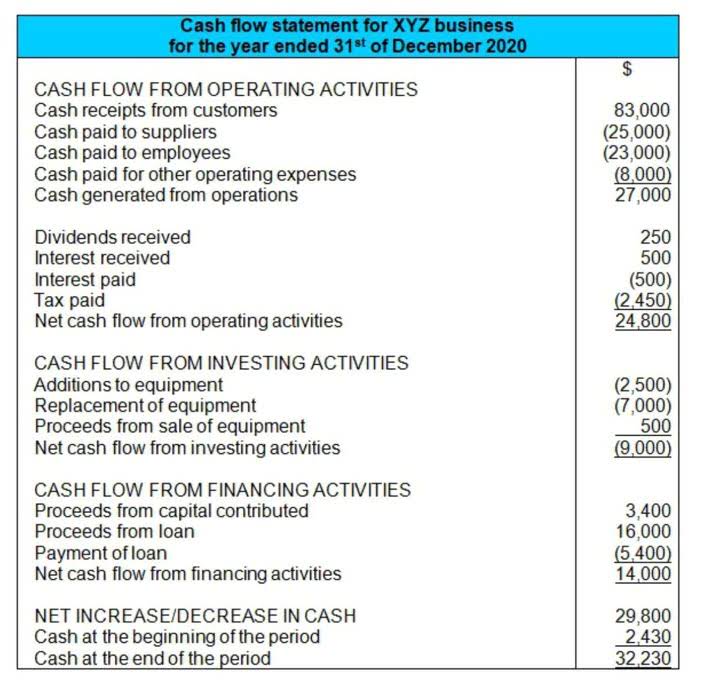
You are an inspector for Uplift, a construction company with many sites in the local area. Uplift does not furnish an automobile or explicitly require you to use your own automobile. However, it pays you for any costs you incur in traveling to the various sites.
For example, suppose an asset having a depreciable cost of $5000 and a useful life of 5 years is purchased in the middle of an accounting year. In that case, the amount of depreciation expense in the first accounting year will be half of the full year’s depreciation charge. Straight-line depreciation affects taxes by reducing taxable income through depreciation expense deductions. The specific tax implications vary depending on the tax laws and regulations of the jurisdiction in which the business operates. It is advisable to consult with tax professionals or accountants to understand the tax effects of straight-line depreciation in your specific circumstances. Straight-line depreciation is not a legal requirement in all jurisdictions.
Declining Balance Method
As part of Richard’s pay, Richard is allowed to use one of the company automobiles for personal use. The company includes the value of the personal use of the automobile in Richard’s straight line depreciation formula gross income and properly withholds tax on it. The use of the automobile is pay for the performance of services by a related person, so it is not a qualified business use.
If these requirements are not met, you cannot deduct depreciation (including the section 179 deduction) or rent expenses for your use of the property as an employee. However, see chapter 2 for the recordkeeping requirements for section 179 property. An election to include property in a GAA is made separately by each owner of the property. This means that an election to include property in a GAA must be made by each member of a consolidated group and at the partnership or S corporation level (and not by each partner or shareholder separately). The recipient of the property (the person to whom it is transferred) must include your (the transferor’s) adjusted basis in the property in a GAA. If you transferred either all of the property, the last item of property, or the remaining portion of the last item of property, in a GAA, the recipient’s basis in the property is the result of the following.
